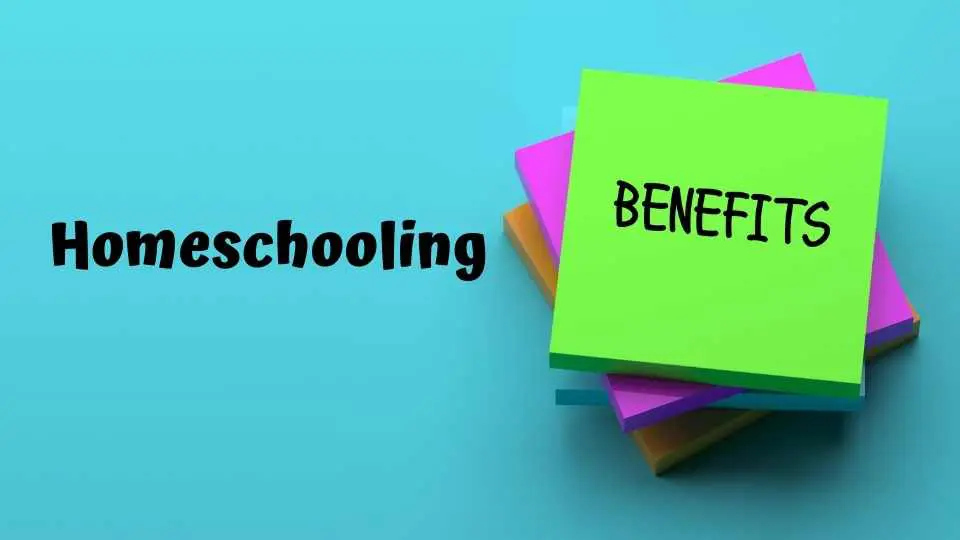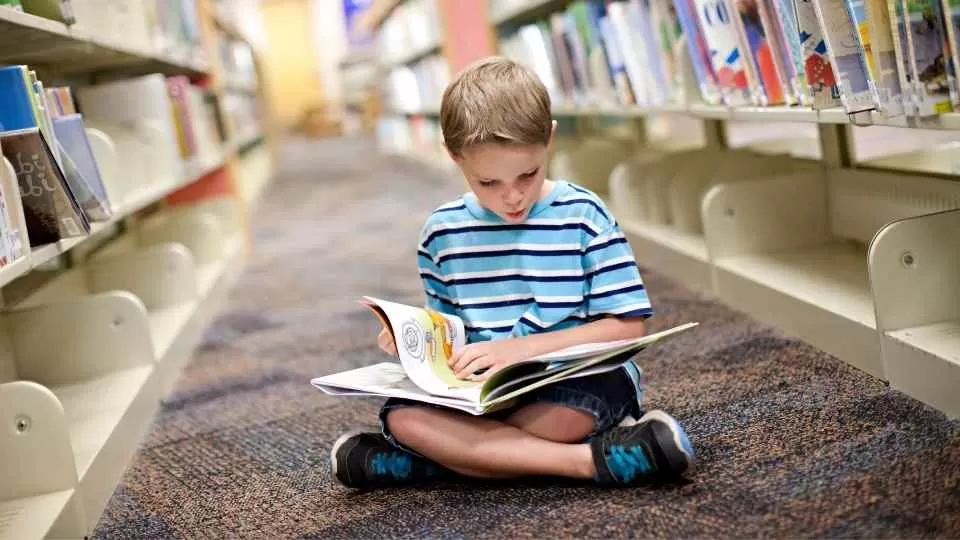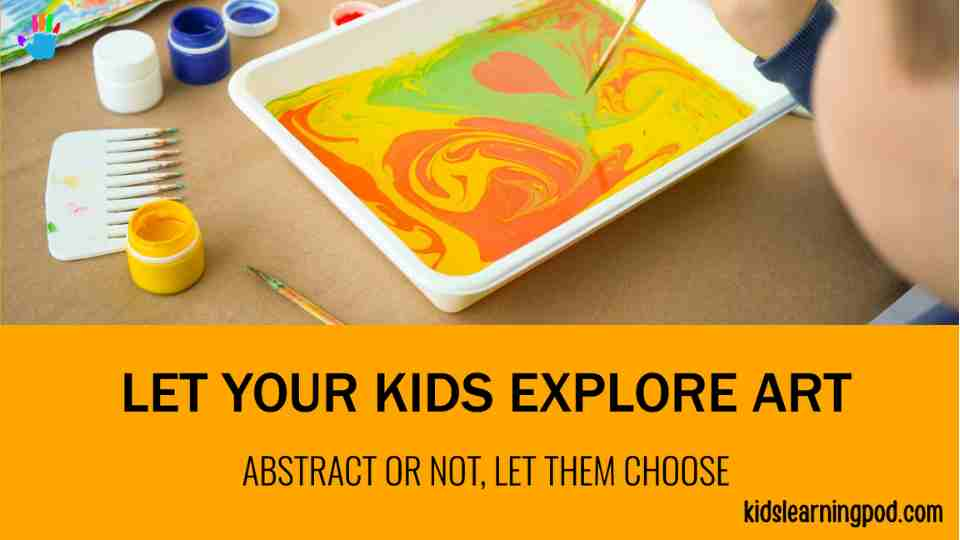Abstract Art Techniques for little ones
A kid always starts their journey of learning from abstract art techniques. Isn’t this amazing? Using crayons to paint walls, and chalks to cover sheets. Children should always be encouraged to make art in various mediums and using various coloring tools. It enhances their cognitive and sensory skills.
Art for toddlers is an incredible way for them to express themselves and have fun. From finger painting to drawing with crayons, toddlers can explore the creative world and learn some valuable developmental skills along the way. Drawing helps stimulate their imagination and provides tactile experiences, while painting encourages exploration of color, shape and experimentation with different mediums like watercolors and pastels. Art activities also offer great social opportunities – when toddlers paint together they learn how to share, cooperate and help one another – all important skills needed as they grow older!
Getting Started
Choosing the Right Supplies
Before you dive into the world of abstract art, it’s essential to gather the necessary supplies. These include:
- Acrylic Paints: These paints are vibrant, quick-drying, and perfect for kids.
- Canvas or Thick Paper: Provide a sturdy surface for their creations.
- Paintbrushes: Opt for various brush sizes for versatility.
- Palette: A palette for mixing and blending colors.
- Water Cups and Paper Towels: To clean brushes and control paint consistency.
- Aprons or Old Shirts: To protect clothing from splatters.
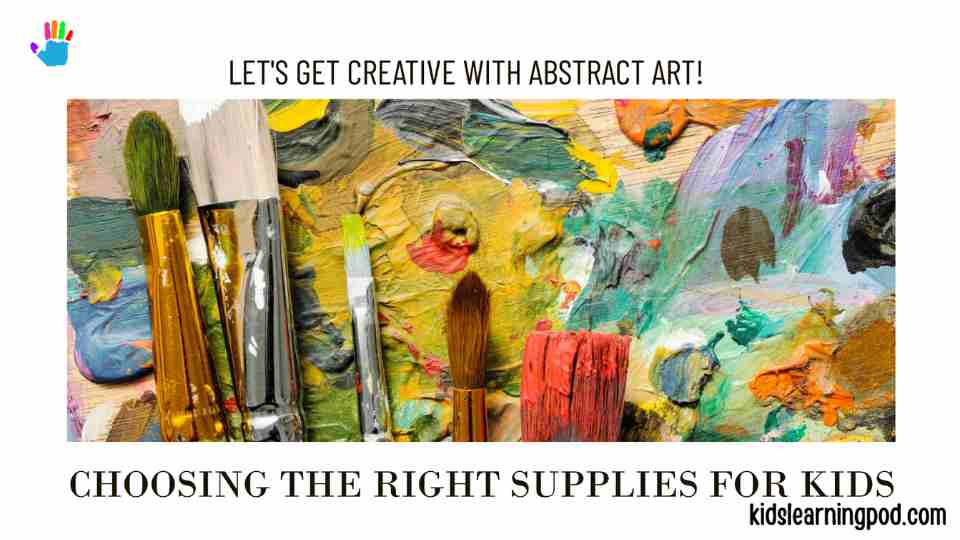
Setting Up a Creative Space
Designate a dedicated art space where your child can experiment freely. Ensure it’s well-lit and has easy access to their art supplies. Having a clean and organized workspace fosters concentration and creativity.
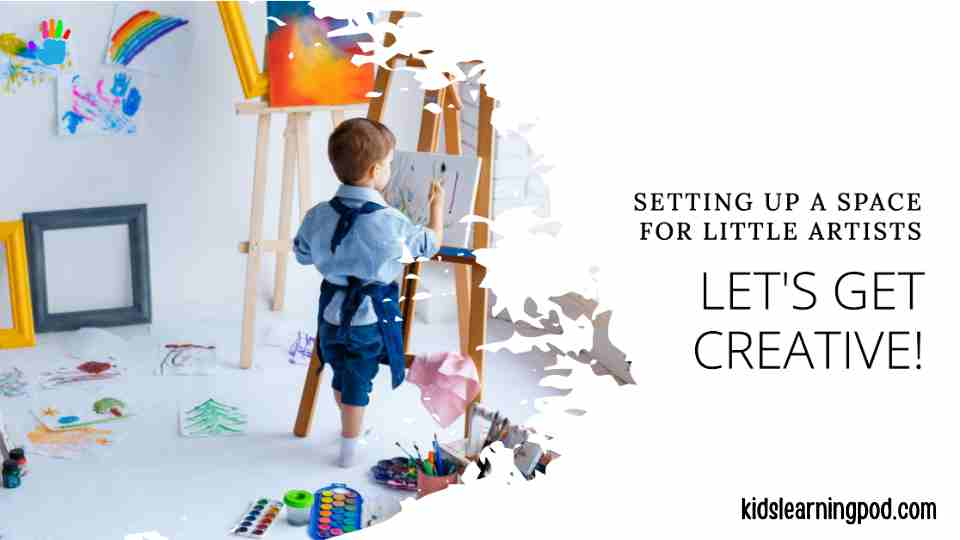
Safety First
Always prioritize safety. Make sure art supplies are non-toxic and washable. Provide guidance on proper handwashing after art sessions.
Best Abstract Art Techniques for toddlers: Exploring Techniques
Here are some unique and best ways to learn some Abstract Art Techniques for beginners.
Color Blot Abstracts
- Begin by applying random dots of paint on the canvas.
- Encourage your child to fold the canvas in half and press gently.
- Unfold the canvas to reveal a beautiful symmetrical abstract masterpiece.
Straw Painting
- Drip paint onto the canvas and let your child blow through a straw to create mesmerizing patterns.
- Experiment with different straw sizes for varied effects.
String Pull Art
- Dip a piece of string in paint and place it on the canvas.
- Gently pull the string to create intricate and unpredictable designs.
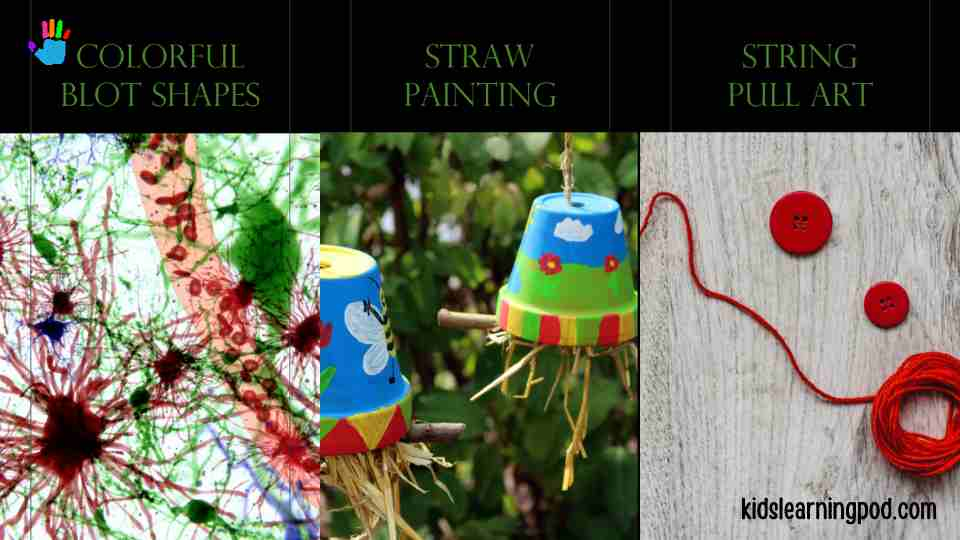
Bubble Wrap Prints
- Apply paint to a piece of bubble wrap and press it onto the canvas.
- Peel it off to reveal a textured, abstract surface.
Salt Painting
- Apply watercolor paint on the canvas.
- While it’s still wet, sprinkle salt on top. As it dries, it creates unique textures and patterns.
Collage Creations
- Collect magazines, newspapers, and colored paper.
- Let your child cut and paste shapes and images to form abstract collages.
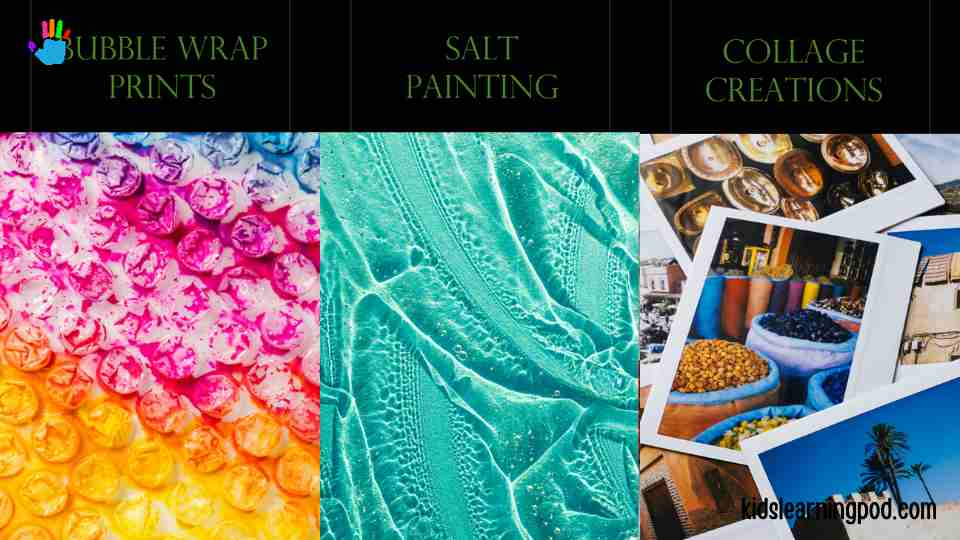
Marble Rolling
- Place the canvas in a shallow tray.
- Drop marbles dipped in paint onto the canvas and let your child tilt the tray to create dynamic designs.
Nature-Inspired Art
- Take a nature walk with your child and collect leaves, flowers, or twigs.
- Use these elements to create beautiful nature-inspired abstract art.
Finger painting
Set aside some space for your toddler, such as a table or highchair. Prepare washable and edible finger paints in several different colors and provide paper that’s suitable for finger painting. Use any old clothing and let them make mess out of the paint. They will have lots and lots of fun. Then let your toddler explore the paints through touching, mixing and getting creative!
Make edible finger paint at home very easily (one of the best medium for Abstract Art Techniques)
Making edible paint for kids is easy and fun! Simply combine equal parts plain, unflavored yogurt and cornstarch in a bowl, then stir until it forms a paste. Set the bowl aside and mix food coloring into separate bowls of cornstarch until each one becomes the desired color. Then add 5-10 drops of water to each bowl and mix everything together with a spoon. Finally, add your colored cornstarch mixture to the paste in the original bowl and stir until combined – this is your edible paint!
See more edible finger paint recipes here.
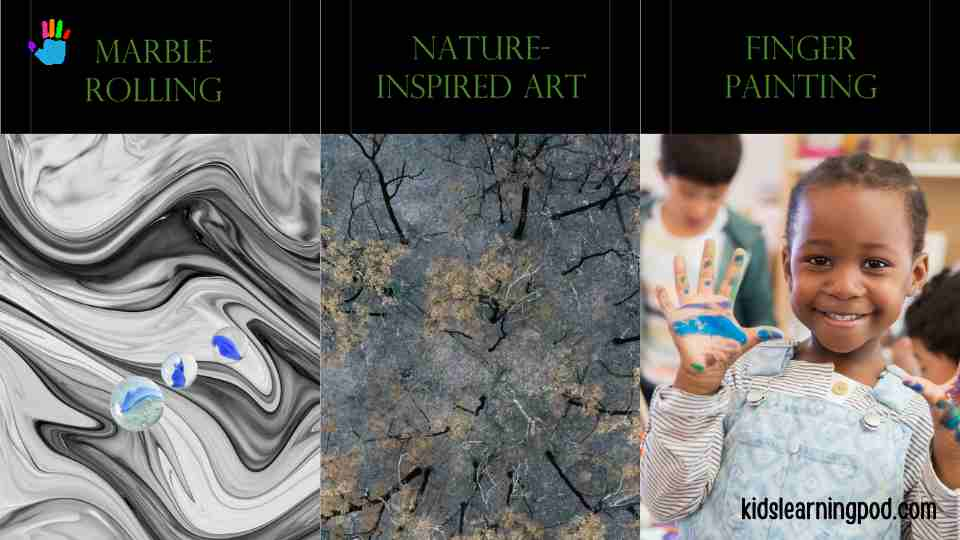
Crayons, crayons, and crayons
Crayons are a good way to make art! Give kids paper, crayons, and coloring books. Tell them to use their imagination and draw what they’re thinking. They can start with simple drawings and then do more complicated ones as they get better. They can also write words by tracing the lines over an alphabet outline.
Pasta
Pasta is a great activity for toddlers! There are lots of ways to play with pasta. For example, try giving your toddler spaghetti to arrange into shapes or figures. You can also provide them with bigger macaroni noodles and let them experiment with making jewelry. Thread the noodles onto pipe cleaners or string, then twist to make different shapes. Another fun game is sorting by color. Put various colors of dry uncooked pasta in small bowls and ask your toddler to separate them by color.
Buttons (another one of the awesome Abstract Art Techniques)
Buttons can be a great and creative activity for kids of all ages! For toddlers, provide buttons in different sizes and shapes and let them practice sorting, counting, and threading the buttons on strings. With older kids, you can get really creative with projects involving buttons. From making jewelry to adorning clothing to decorating simple artwork, buttons can add a unique visual touch. Kids can also create button mosaics or mix and match different colors of buttons to make interesting patterns.
Glitter
Glitter is a great tool for all kinds of art projects and craft activities! For example, kids can create sparkling cards with glitter glue or paint, or decorate plain objects like rocks and shells with colorful glitter. Glitter can also be used to make 3D shapes – simply put some sticky glue on your shape, sprinkle glitter on top and let it dry. You can also use glitter to make seasonal decorations and Cards – try making festive snowflakes with shiny glitter, or add a sparkly touch to homemade greeting cards. Have fun exploring the world of glitter with your kids!
How to make edible glitter
To make edible glitter, start by grinding food-safe decorations like slivered almonds, white chocolate chips, or even hard candy into a fine powder. Once you have the powder ready, mix in your favorite food colorings to give the glitter color. Finally, spray the mixture with vegetable oil or glycerin using a fine mist bottle. This will help the particles stick together and create an evenly distributed glitter. Voila – you now have a unique and edible way to add sparkle to your cooking! Enjoy!
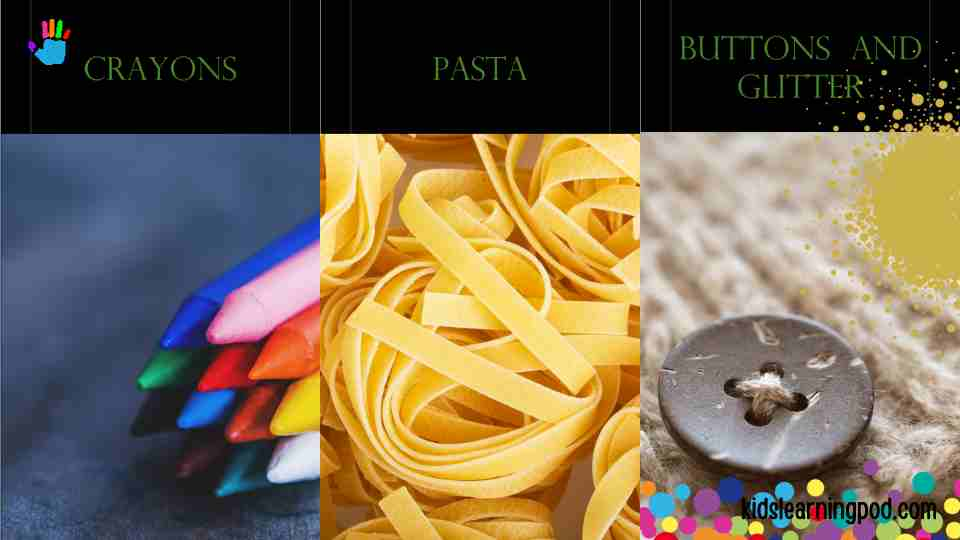
Simple Scratches and doodles
Finally what kids love to do while using their Abstract Art Techniques
Teaching toddlers to make doodles is a great way to encourage creativity and fine motor skill development. Start by introducing them to simple shapes, such as circles and lines. You can use stencils, tracing paper, or even draw on the floor with your finger. As they get more comfortable with drawing, move onto more complex shapes. Help them identify colors and practice staying in the lines as they go. Encourage young artists by praising their efforts and pointing out details they may have missed. Finally, set a safe space for them where they can experiment freely with their art supplies. With time and patience, your toddler will be doodling like a pro!
Tip: Make their doodles interesting by adding eyes, nose and mouth at random places after they finish.
Art only does not enhance imaginations of children, by making various proportionate art drawings while doing abstract art, kids start to learn math indirectly. Integrated mathematics can also be taken care of while learning arts in early childhood.
Kindly Allow Pop ups to let the Download Begin!


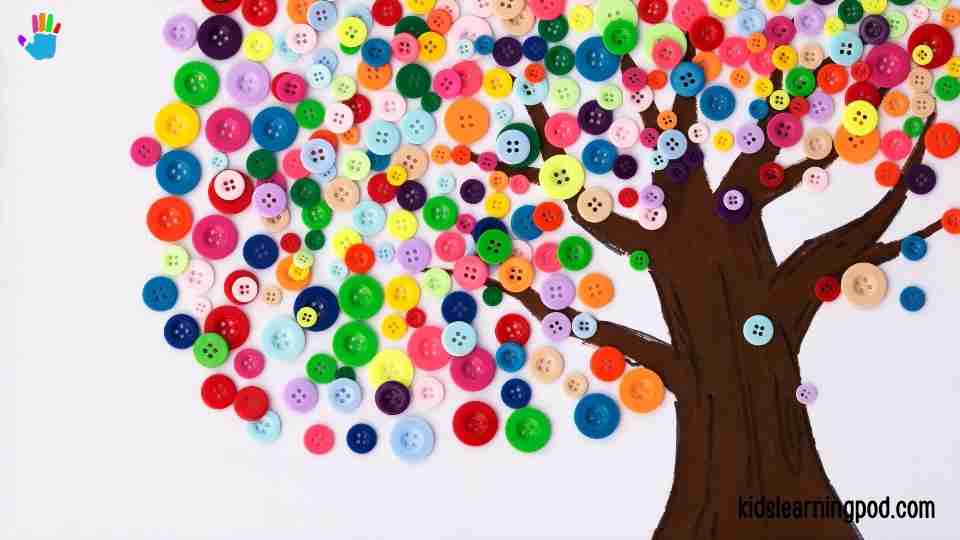
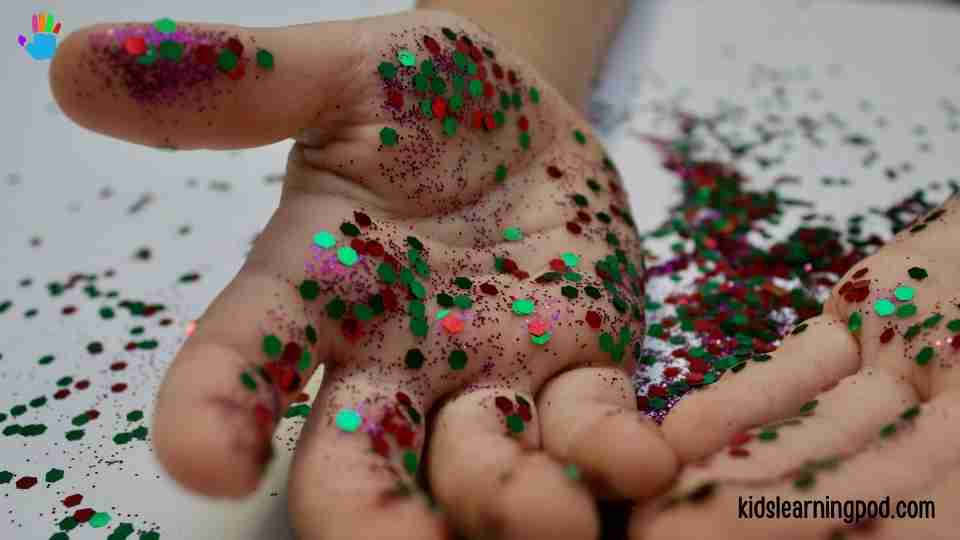

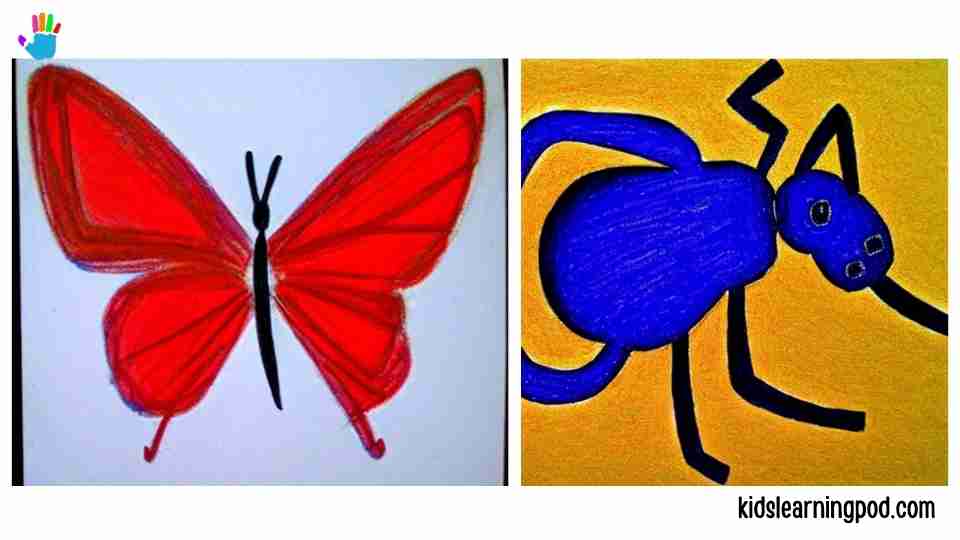
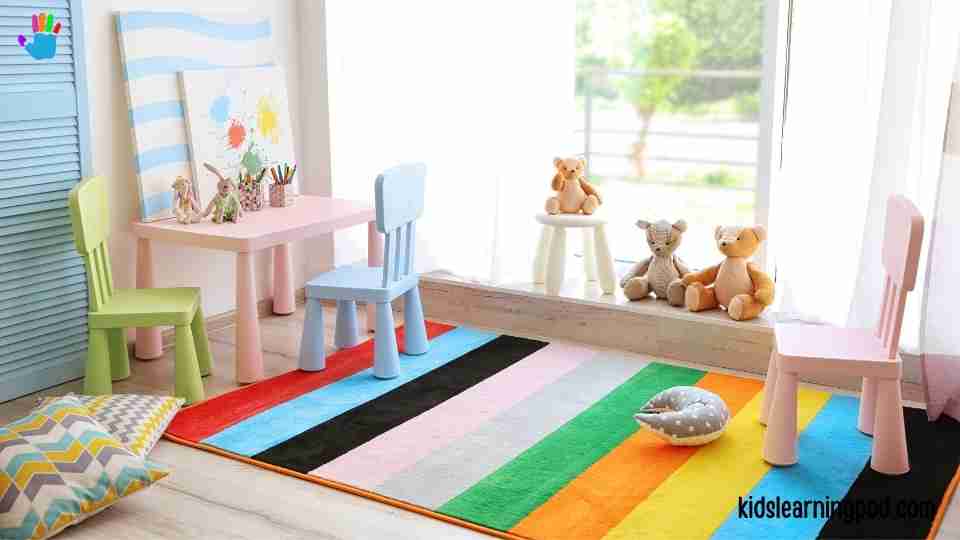
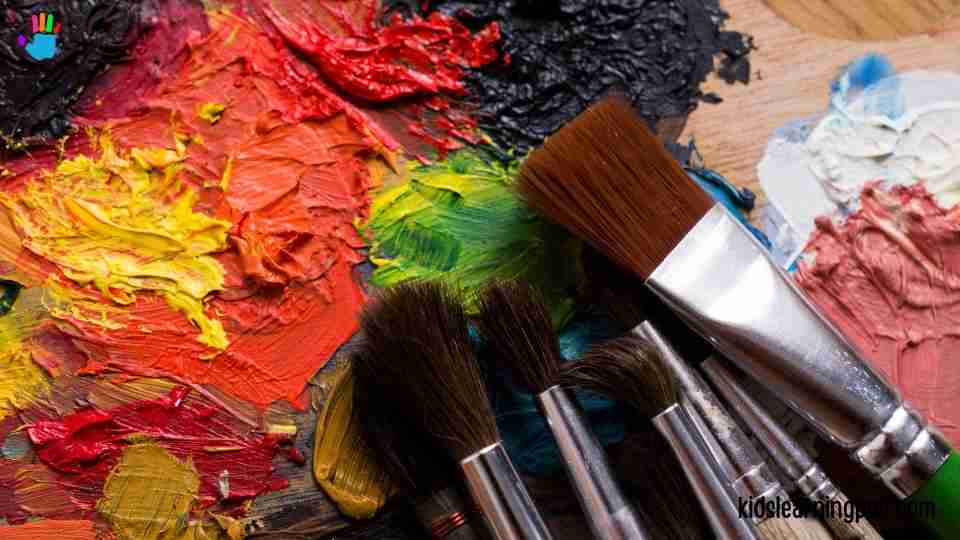

FAQs
Q: Can toddlers also engage in abstract art?
Yes, toddlers can start exploring abstract art, but it’s essential to supervise closely due to small parts and materials.
Q: Are there any famous abstract artists to inspire kids?
Certainly! Artists like Wassily Kandinsky and Joan Miró have created mesmerizing abstract artworks that can inspire young artists.
Q: How can I encourage my child’s creativity further?
You can organize art exhibitions at home, create art challenges, or enroll them in art classes to nurture their passion further.
Q: Can abstract art be educational for kids?
Absolutely! Abstract art helps children develop critical thinking skills, spatial awareness, and emotional expression.
Q: Are there any online resources for abstract art ideas?
Yes, various websites and YouTube channels offer step-by-step abstract art tutorials tailored to kids’ skill levels.
Q: What should I do with my child’s completed artworks?
You can frame and display their creations at home, gift them to relatives, or even create a personalized art album.
Learn Abstract Art (Modern Art Lessons For Kids)
Conclusion
Engaging young kids in abstract art techniques is a fantastic way to nurture their creativity and self-expression. By providing them with the right supplies, a safe and inspiring environment, and a variety of techniques to explore, you can unlock a world of imagination and artistic potential. Remember, the journey of abstract art is about embracing the unknown, celebrating uniqueness, and fostering a lifelong love for creativity. So, get ready to embark on this colorful adventure with your young artist and watch their creativity flourish!

